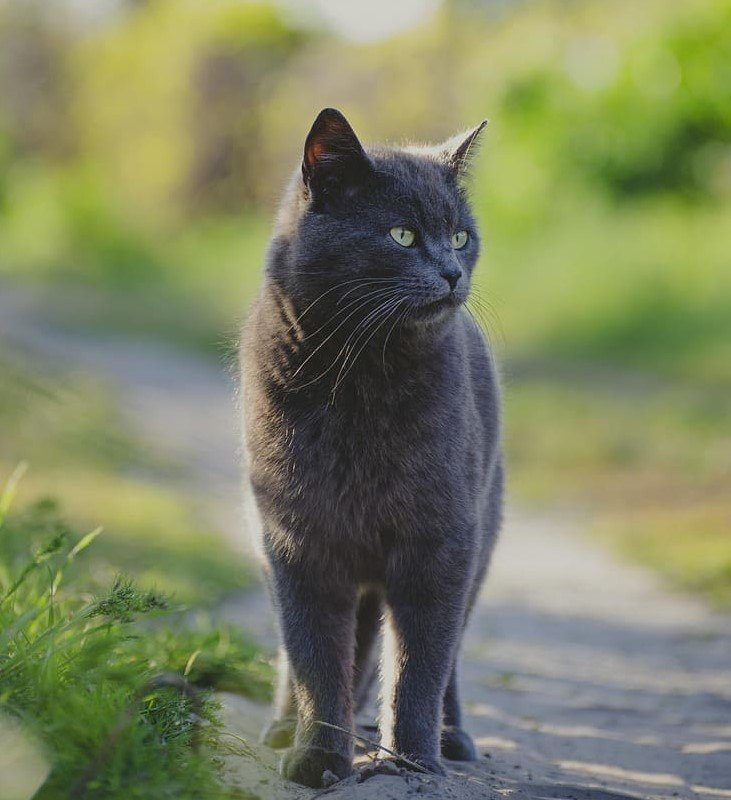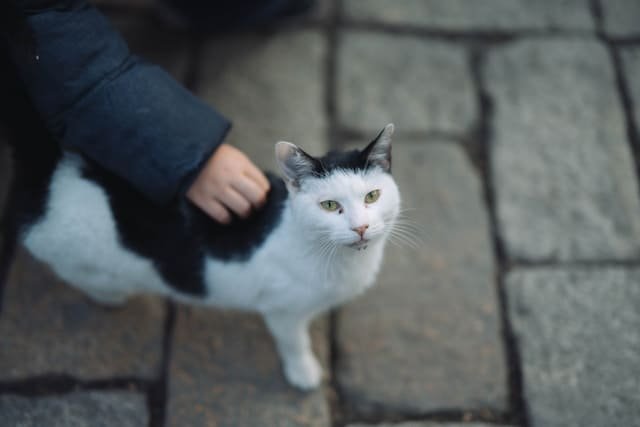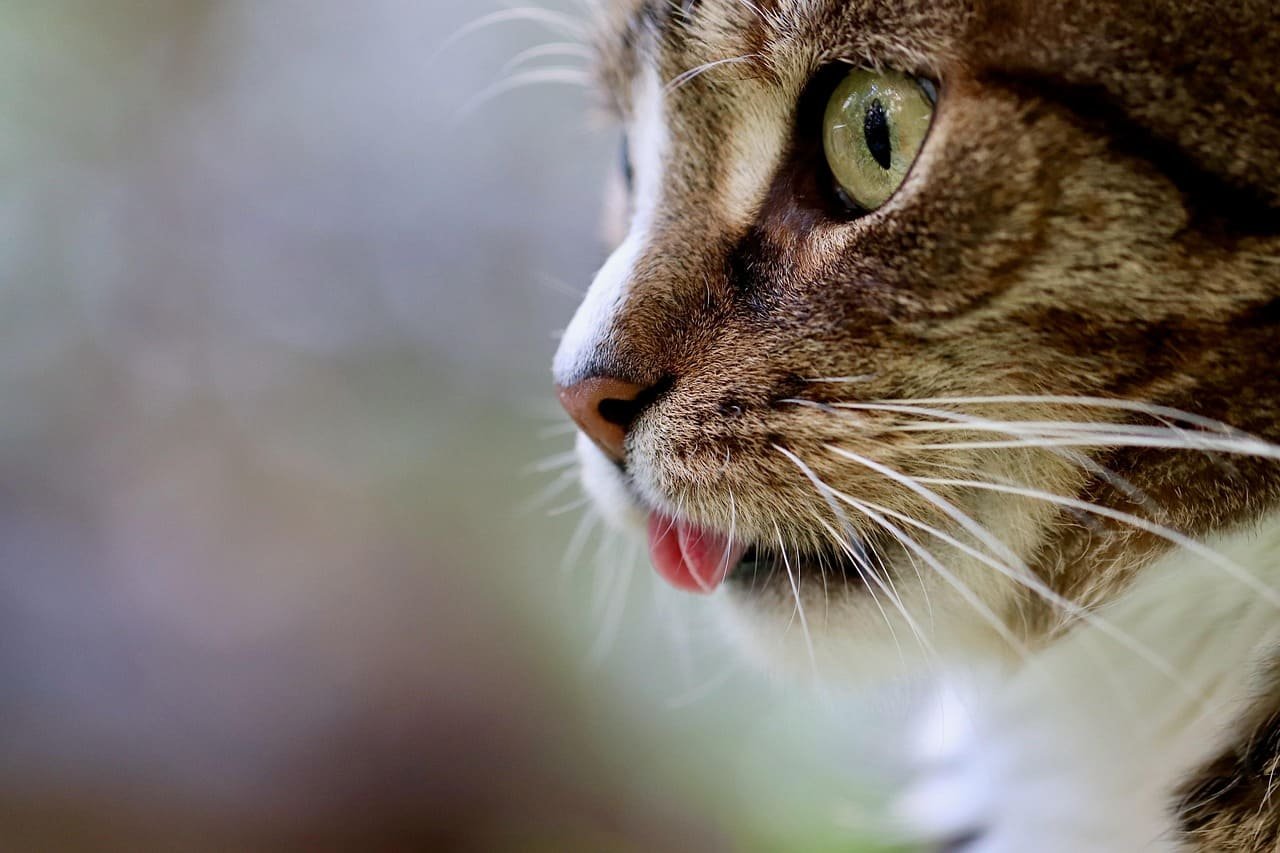Cats have always fascinated humans with their mercurial nature — at times aloof and serene, yet suddenly affectionate, endearing, and even exasperating. Despite their independent spirit, the house cat (Felis catus) has become the most popular pet in the world. Today, over 600 million cats live among humans, with nearly a third of American households counting at least one feline member. Their presence has turned from mysterious to commonplace, making them fixtures in homes across every continent.
Unlike animals domesticated for milk, meat, or labor, cats contribute virtually nothing to human sustenance or work — yet they’ve earned a place beside us through charm alone. Scholars once believed that ancient Egyptians were the first to keep cats as pets around 3,600 years ago, but recent archaeological and genetic discoveries have revised this timeline. Over the past few years, fresh insights into the ancestry and evolution of domestic cats reveal a far older and more complex relationship with humans — one that evolved naturally rather than through deliberate breeding or servile labor.
Origins of the Domestic Cat
All members of the Felidae family share a common ancestor that lived in Asia about 10 to 12 million years ago. Over millions of years, these predatory mammals evolved exceptional hearing, sight, smell, and stealth, helping them survive and spread worldwide—except in the Arctic, Antarctic, and Australia. As sea levels changed and cats migrated, they adapted to diverse environments, forming over 40 recognized species. Most are solitary hunters, using retractable claws, padded paws, and camouflage to stalk prey silently, while lions are unique for their social groups and distinctive manes. These ancient ancestral cats, shaped by natural behavior and environmental adaptation, eventually gave rise to the wildcats that became our modern domestic cats.
Timeline of Domestication

The story of cat domestication spans over 10,000 years, intertwining with human evolution and settlement. In the ancient world, cats thrived as free-ranging hunters, naturally adapting to human habitats where stored grain attracted rodents. This predator-prey interaction forged an early human-animal relationship, making cats valuable partners in pest control. Over millennia, their biological and behavioral adaptations allowed them to live comfortably around human settlements, shaping a unique ecological role within shared environments and biodiversity systems.
Despite this long history, it wasn’t until the 20th century—barely a century ago—that cats began living entirely indoors. Before then, most domestic cats led outdoor lives, hunting and roaming freely as community, colony, feral, or stray cats. Even today, millions of outdoor-living cats continue to coexist with birds, wildlife, and ecosystems, maintaining their natural survival instincts. The shift to an indoor lifestyle is a recent transition tied to urbanization and modern pet ownership, marking a new chapter in cats’ long timeline of domestication—from wild survivors to cherished indoor companions.
Evidence Behind Cat Domestication
Modern research has revealed that all domestic cats (Felis catus) trace their roots to the African wildcat (Felis silvestris lybica). A 2007 DNA study of nearly 1,000 cats from Africa, the Middle East, and Asia identified five wildcat lineages, with F. s. Lybica is emerging as the common ancestor of today’s house cats.
Archaeological discoveries support this genetic link. A 9,500-year-old burial site in Cyprus, where a human was buried with a cat, shows that people were already keeping cats long before ancient Egypt’s famous feline worship. Behavioral studies also reveal that F. s. Lybica was naturally calmer and more sociable than other wildcats—traits that likely encouraged early domestication.
Together, these findings prove that cats weren’t forced into domestication; instead, they chose to live alongside humans, beginning one of the most enduring partnerships in history.
Evolution of the Human–Cat Relationship
The human–cat bond began around 10,000 years ago in the Fertile Crescent, where wild Felis silvestris lybica adapted to life near Neolithic farms. Archaeological finds—like a 9,500-year-old cat burial in Cyprus and Egyptian paintings of collared cats—trace their gradual taming. In ancient Egypt, cats were sacred to the goddess Bastet, protected by law, and traded through ports like Alexandria, spreading across the Mediterranean and beyond.
Genetic research by the U.S. National Institutes of Health and UC Davis confirms that all domestic cats share a single Middle Eastern ancestor. Over millennia, natural mutations and selective breeding created diverse modern breeds. Following humans across continents, cats evolved from solitary hunters into affectionate companions, perfectly blending independence with cohabitation.
Spread and Adaptation Across the World
Cats spread worldwide through their mutually beneficial bond with humans. A 9,500-year-old burial in Cyprus shows that early people intentionally transported cats to new regions. In ancient Egypt, they were worshipped, mummified, and adorned with gold jewelry. When Egypt became a Roman province in 31 BC, cats spread across Europe, appearing in art, literature, and daily life—from Geoffrey Chaucer’s Canterbury Tales to medieval households with early “cat doors.” Shipboard cats also joined explorers like Columbus and settlers at Jamestown, helping control vermin on voyages and in colonies.
By the early 1900s, cats in America shifted from outdoor hunters to beloved indoor pets. Events like the first U.S. cat show in 1895 marked this change, while inventions such as refrigeration, canned cat food, and clay litter (discovered in 1947) made indoor life practical. Alongside spaying and neutering, these advances reshaped feline living patterns—turning wild descendants of Felis silvestris into today’s affectionate household companions, thriving alongside humans across every continent.
Traits and Behavior of Domestic Cats
Unlike dogs, cats have changed very little since they self-domesticated thousands of years ago. Scientists believe cats entered a mutually beneficial relationship with humans when early farmers welcomed them as natural mousers protecting grain stores. Over time, they began living side by side with people, as proven by archaeological findings like the 9,500-year-old burial site in Cyprus, where a cat was deliberately buried with its owner.
Cats’ global spread came through human travel—aboard ships, in ancient Egypt where they were worshipped and mummified, and later across Europe and the Americas with traders and settlers. Despite these journeys, their core behaviors and instincts remain the same. Modern cats still rely on stealth, hunting instincts, and territorial habits inherited from their wild ancestors, even if most now enjoy indoor lives.
By the 20th century, innovations such as refrigeration, canned cat food, and kitty litter (discovered in 1947) made keeping cats indoors a practical option. Though today’s cats often stay inside for safety, they remain biologically identical to their ancient relatives—independent yet affectionate, capable hunters yet beloved companions. Their role in human society has evolved, but their essence has stayed timeless.
Are cats 100% domesticated?
No. Cats (Felis catus) are only partially domesticated. Unlike dogs, they largely self-domesticated around 7500 BC in the Near East. While modern house cats live closely with humans, they still retain many wild traits—such as hunting instincts and independence—showing they are not fully domesticated.
Modern Cats: Breeds and Differentiation
Unlike most domesticated mammals, cats were not bred for specific tasks such as hunting or guarding. Their domestication was rooted in companionship and natural selection rather than human control. Modern cat breeds only began emerging around 150 years ago, when humans started selectively breeding for physical traits and aesthetic appeal—like coat color, hair length, and body shape—rather than function. Despite thousands of years of intermixing and genetic exchanges with wildcat populations, domestic cats show only minor genetic differences from their wild counterparts.
Today, organizations like the Cat Fanciers’ Association (CFA) and The International Cat Association (TICA) officially recognize between 40 and 60 genetically distinct breeds, from the sleek Siamese to the long-haired Maine Coon. Most domestic cats, however, remain non-pedigree “house cats,” freely bred without strict lineage control. DNA studies reveal that these cats share a common ancestor in the Near East, and that modern breed differentiation developed independently across multiple regions—including Europe, Egypt, India, and Southeast Asia. Despite their diverse appearances, all domestic cats remain remarkably similar at a genetic level—proving that while humans have shaped their looks, their essence as adaptable, independent hunters remains unchanged.
Human Influence: Care and Control

For thousands of years, cats lived and thrived outdoors, hunting their own food and raising offspring near human settlements. Even as they co-evolved alongside human civilization, true control over their reproduction began only in the 20th century. By the 1930s, veterinarians had developed safe techniques for spaying and neutering pets—a practice that replaced older methods once used to sterilize livestock. These advancements allowed people to manage cat populations humanely, reducing the “messy business” of mating season and making it possible to keep intact cats safely indoors. Over time, this shift—paired with the rise of canned food and litter boxes—allowed humans to bring cats fully into their homes while still meeting their biological needs, which had evolved over thousands of years outdoors.
Yet many cats continue to live outside, forming self-sustaining community cat populations that are not lost pets or the result of negligence. These adult cats are not socialized to people and often cannot adapt to life indoors. Instead of removing or euthanizing them, many cities now embrace TNR (Trap–Neuter–Return) programs—an act of compassion and smart public policy. Trained veterinarians safely neuter, vaccinate, and return these cats to their outdoor homes, where they are well-suited to survive. TNR stabilizes cat populations, reduces nuisance behaviors, decreases euthanasia rates at shelters, and even saves municipalities money. By accepting their natural place in our shared environment and balancing human and animal needs, we improve coexistence between people and the outdoor cats that have lived beside us for millennia.
